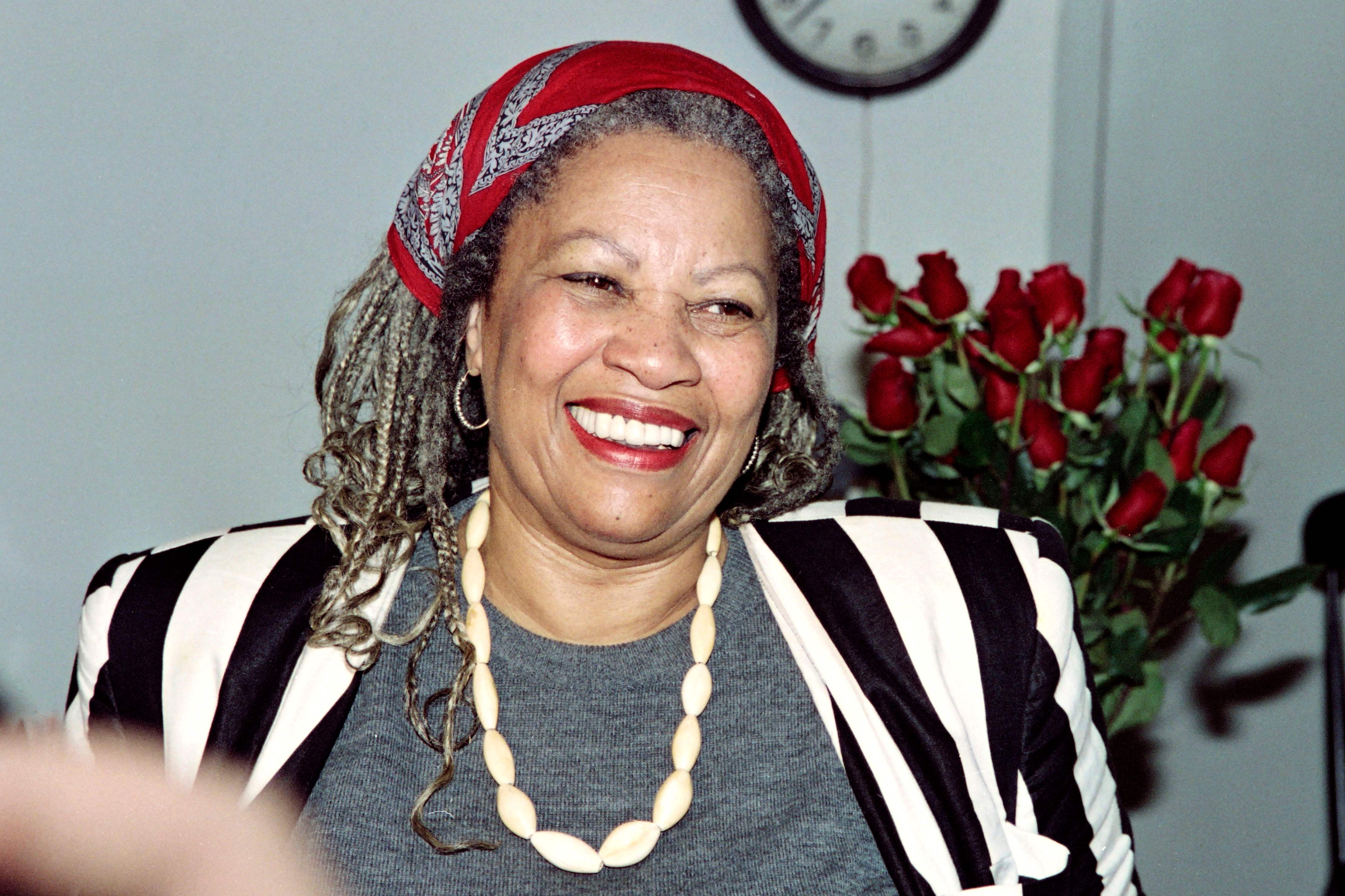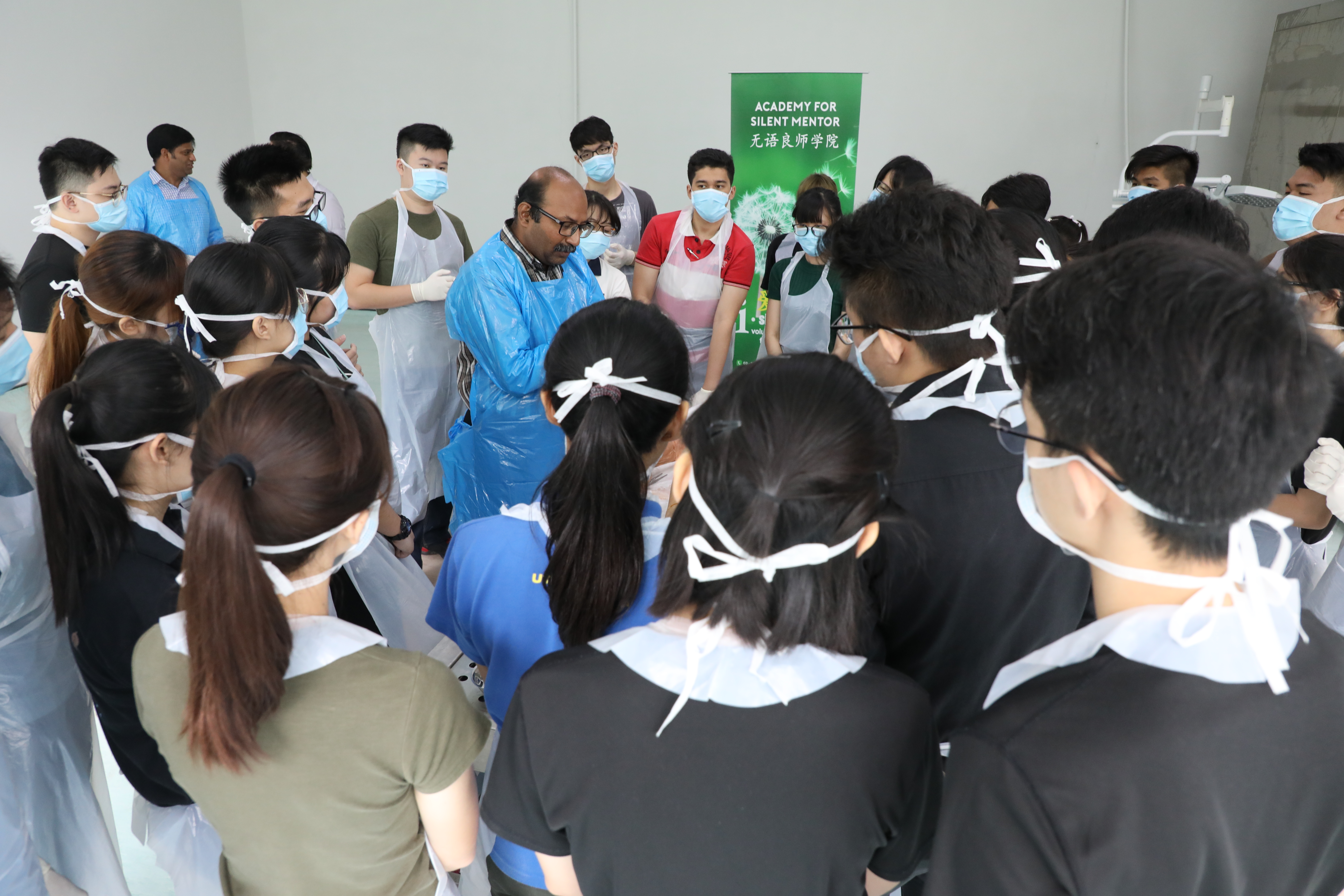Skip to content
Those who have left us never truly leave us. Remember them always on StarCherish.
StarCherish is an online extension of our print StarCherish, where we can share memories and create lasting tributes to our departed loved ones.









